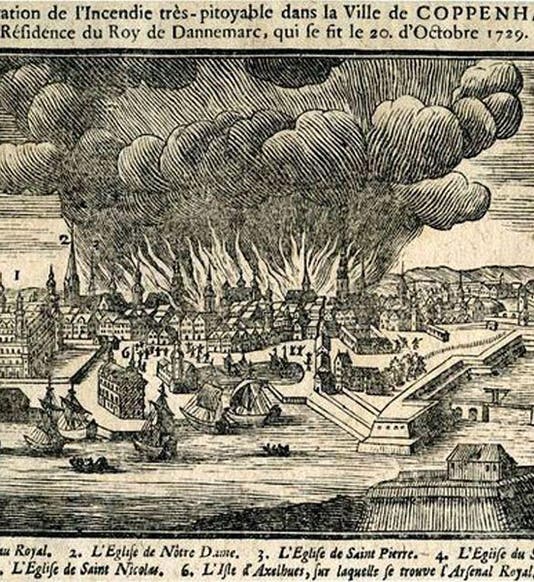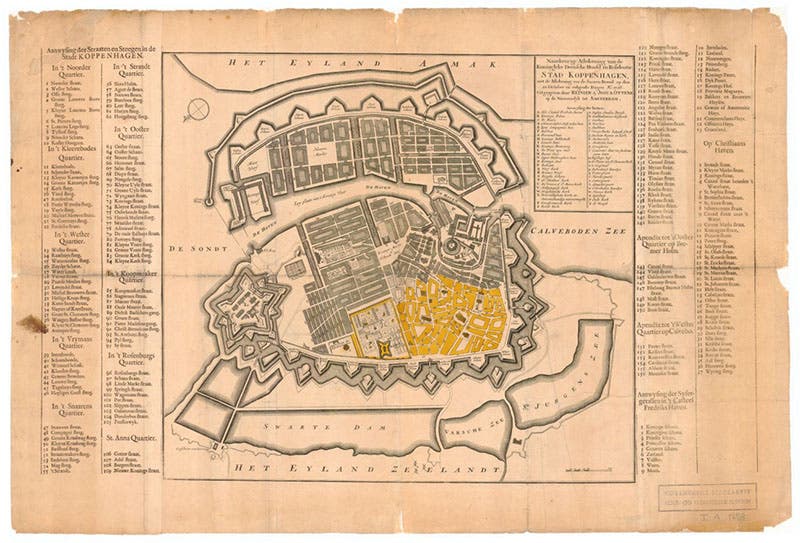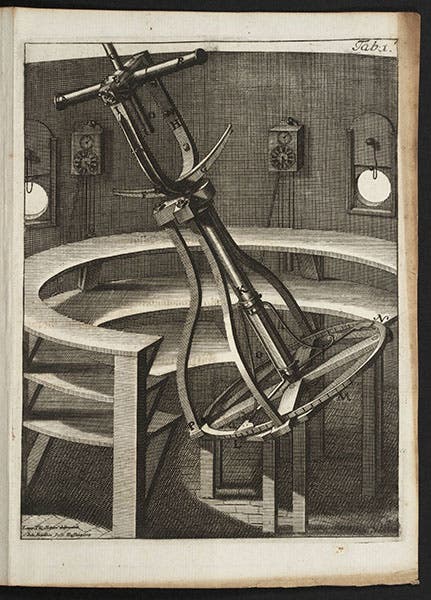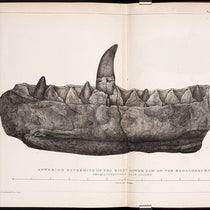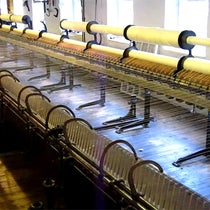Scientist of the Day - Peder Horrebow
Peder Horrebow, a Danish astronomer, was born May 14, 1679. Horrebow was an assistant for four years to Ole Rømer, the accomplished late-seventeenth-century astronomer who first measured the speed of light. Rømer died in 1710, and Horrebow soon after became director of the Rundetårn, the "Round Tower" that had long served as the astronomical observatory for the University of Copenhagen. The Round Tower was also the repository for the papers and instruments of not only Rømer, but Tycho Brahe and the Bartholin family (second image).
Thus it was a catastrophe of the highest order when a fire swept through Copenhagen in 1728, a conflagration every bit as devastating as the Great Fire of London had been in 1666 (first image). In Copenhagen, it was not just lives that were lost, but the city's cultural heritage, both its medieval buildings – nearly all of them destroyed – and its rich libraries, both public and private. All 35,000 volumes of the University of Copenhagen's library perished in flames, along with the entire university campus, save for one lone surviving building. A contemporary map shows the sector that was consumed, the old sector, colored yellow on the map (third image).
The holdings at the Round Tower were not spared – everything was destroyed except the building itself, including all of Rømer’s manuscripts and instruments. Horrebow's great contribution to astronomy was to publish, while it was still fresh in his mind, a description of the methods and discoveries of Rømer, with engravings of the instruments that Rømer had used. The Basis astronomiae, as Horrebow's account was called, was published in 1735, and it is still today our principal source for the work of Rømer, with the plates supplying nearly all the images we have of Rømer’s contribution to astronomy.
We have the Basis astronomiae in our History of Science Collection, and one of the plates, illustrating Rømer at work at his meridian telescope, was displayed in our 2010 exhibition, Thinking Outside the Sphere. When we featured Rømer as our Scientist of the Day last fall, two images from Horrebow were used to illustrate the article.
Sometimes we tend to dismiss the accomplishments of those who merely preserve the works of others, but without the Boswells and Horrebows of the world, we would know a lot less about the Johnsons and Rømers.
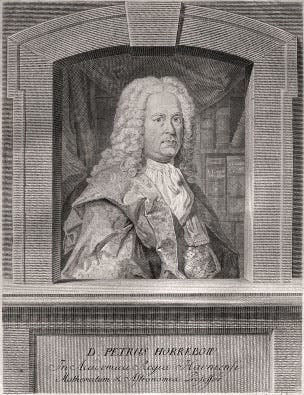
Peder Horrebow, engraved portrait, source and date unknown (astronomiadanica)
The portrait of Horrebow that we show here, an engraving, seems to be the only surviving portrayal of Horrebow, and we do not know its source, which was surely a printed book. We do not think we own it, but we might. If anyone knows more about the engraving, we would love to hear from you. Dr. William B. Ashworth, Jr., Consultant for the History of Science, Linda Hall Library and Associate Professor, Department of History, University of Missouri-Kansas City. Comments or corrections are welcome; please direct to ashworthw@umkc.edu.

